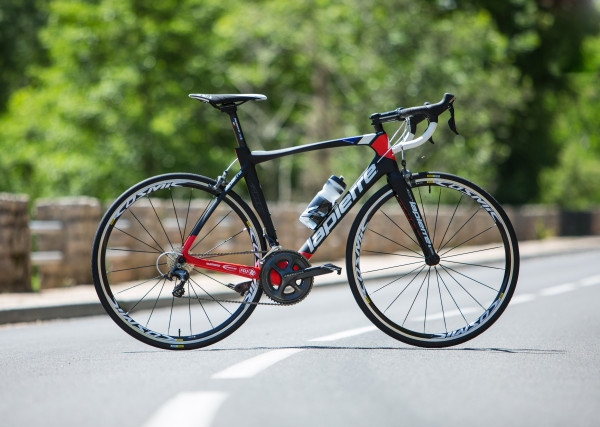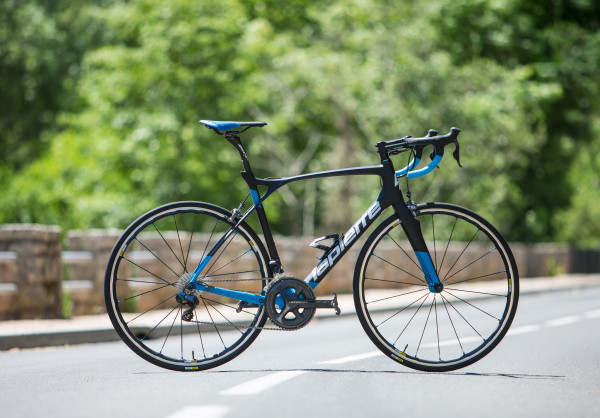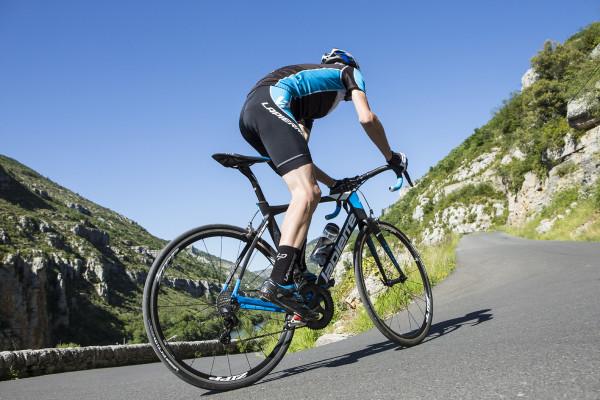
Spanning three generations of the Lapierre family, Lapierre Bicycles has come a long way since their humble beginnings in 1946. Started by Gaston Lapierre more than half a century ago, the company now has bikes and race teams for anything from DH to Pro Tour Road cycling. Going on their 14th year partnering with the FDJ Pro Race team, Lapierre continues to develop new race bikes for the roads of epic races like the Tour de France.
First spinning their legs with the prototype LP 0.9C at the 2002 Tour, the latest additions to the Lapierre road line up have greatly evolved. Building on their Aircode aero road and Xelius race bikes, the new Aircode SL cuts weight while the Xelius SL gets an entirely new frame that makes it lighter and more comfortable as well…
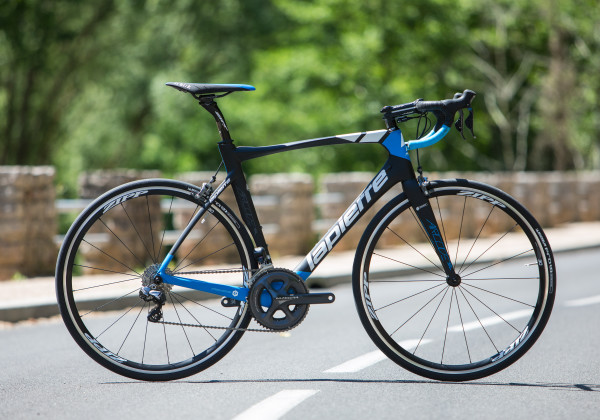
Just introduced last year, Lapierrer was very happy with its debut – especially the ride by Thibaut Pinot who piloted the bike to a third place finish in the Tour. Not ones to rest on their success, Lapierre’s engineers apparently thought the aero road bike could be mad lighter without sacrificing performance. As a result of a new carbon layup with fewer plies in the seat tube and head tube, the frame is 90g lighter while the fork loses an additional 20g.
The Aircode SL still keeps the same Kamm-tail design for aerodynamics, Lapierre’s Power Box carbon construction, and a blend of 24, 30, and 40T carbon to provide the same level of stiffness and wind cheating abilities. Using the same geometry of the Xelius EFI with an additional large size, the Aircode SL will be sold in the top of the line SL700(top), the SL600 FDJ(above), and the SL500.
Built with an entirely new frame, the Xelius SL is meant to be a light weight, all purpose race machine. With all of the tubes optimized for the lightest weight, the frame also makes use of a seat stay design that bypasses the seat tube to instead connect to the top tube. The resulting seat tube cluster which seems extremely similar to Volagi’s patented LBFS (Long Bow Flex Stay) design supposedly reduces the weight of the frame while adding additional compliance. Also utilizing the Lapierre Power Box carbon methodology, the lower half of the bike is built to be extremely efficient while the upper half is built to be compliant. Other frame changes include an improved location for the Di2 battery in the downtube for a lower center of gravity, and shorter 405mm chainstays.
Again offered in the SL700, SL600 FDJ, and SL500, the SL700 is shown above.
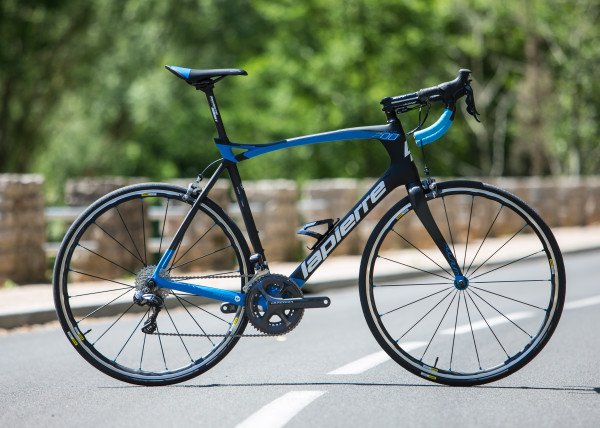
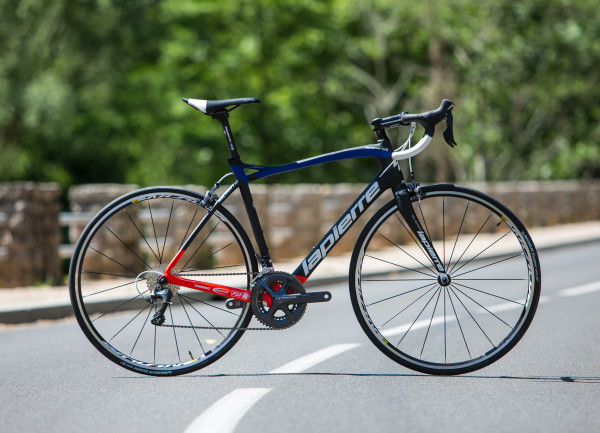
Also introduced last year, Lapierre continues with their Pulsium frame which is destined for the cobbles. Using their SAT (Shock Absorption Technology) which places an elastomer ring between the top tube and the seat tube as well as specific carbon layups, the Pulsium is Lapierre’s answer to the rebirth of road “softtail” designs.
Created with endurance geometry, clearance for 32mm tires, and a fork designed to smooth out the ride in tandem with the seat stays, the Pulsium is built to go fast over the bumps. Sold in three standard models including the 700 and FDJ models shown above, there are also two models in Lapierre’s Ultimate Custom Program, all with compact 11-speed Shimano drivetrains, Shimano brakes, Mavic or Shimano wheels, a Zipp cockpit, and Fizik saddles. For pricing and availability check with your local Lapierre dealer.
